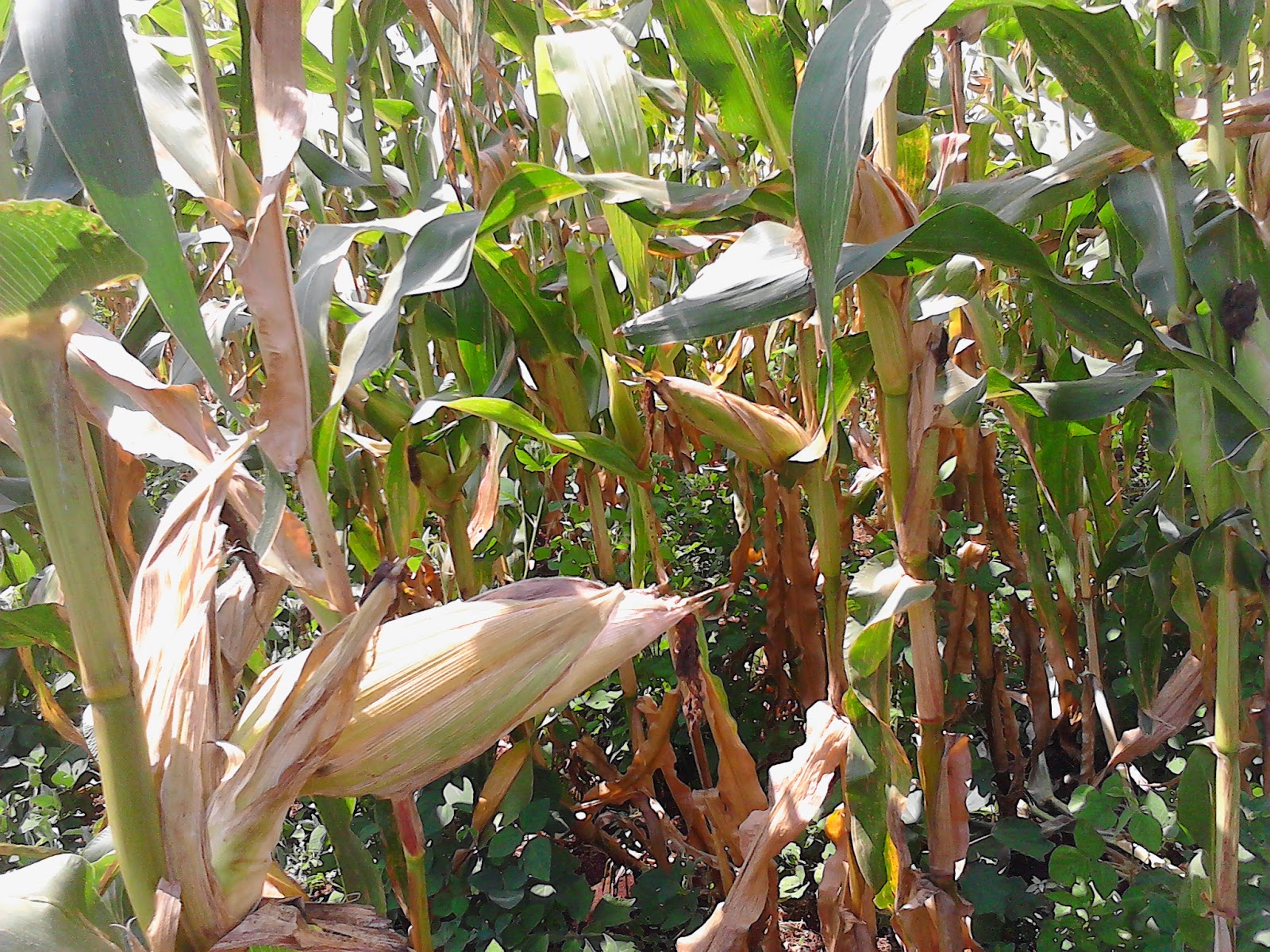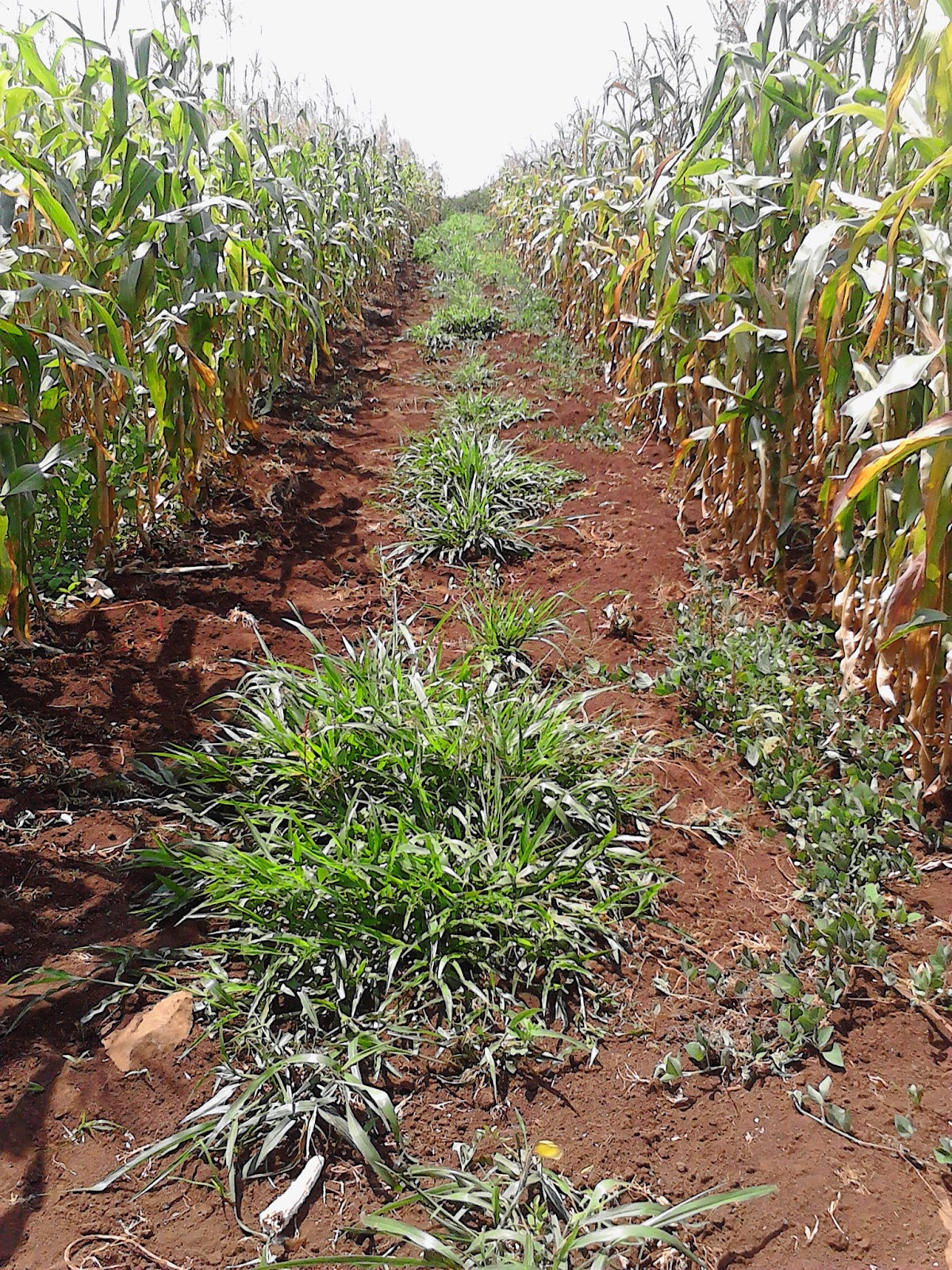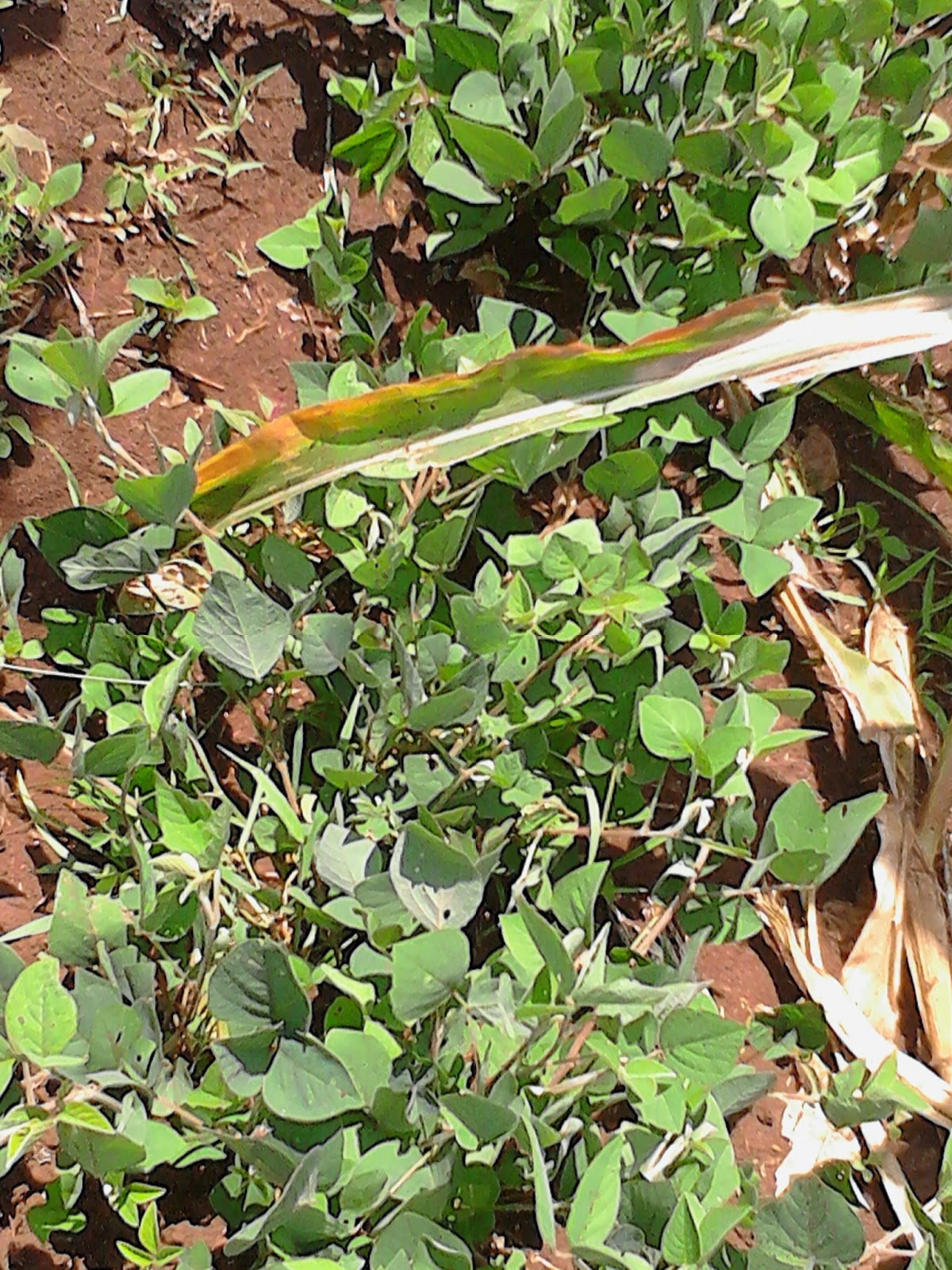| Youths matching in town to mark the day and create awareness of the day. |
International Youth Day - an initiative that takes
place on 12 August every year to celebrate the potential of youth as partners
in today's global society. 12th August
was designated as International Youth Day (IYD) by the UN General Assembly in
1999. It is meant as an opportunity for governments and others to draw
attention to key issues concerning the youth worldwide.
According to UNESCO, "IYD is an annual celebration of
the role of young women and men as essential partners in change, as well as an
opportunity to raise awareness of the challenges and hardships facing the
world's youth." During IYD, concerts, workshops, cultural events, and
meetings involving national and local government officials and youth
organizations take place around the world.
| Action Aid Exhibition stand |
Ndhiwa sub-county being in a rural setup, most youths here would have missed out on such an important day if Action Aid, ALIN, County Women Representative office among other stakeholders couldn't have organized such an exhibition and ideology sharing platform at Ndhiwa CDF hall on the eve of this day. The event was officiated by a representative from the office of the Sub-County Commissioner, Ndhiwa.
It is a great honor to appreciate Action Aid
organization for their commendable effort in majoring in the localization of this event here at the grass-root level for the ambitious youths to borrow a leaf on the working
ideas from the exhibitors from other regions.
| Bob Aston, ALIN, explains how unemployed youths can earn a living through ICT |
During this activity, talented youths from all walks of life
had the opportunity to showcase their ability under the events special theme
‘advancing employment opportunities for youths in HomaBay County’. Employment
being the major challenge in over 70% of youths in this country, those in
attendance was able to realize that they too could still earn a better living
through self-employment.
The event attracted over 400 youths with a splendid presence of exhibitors who were earning
a living through fashion and beauty, freelance journalism and blogging, music,
performing arts, tailoring, garbage collection and recycling, government
funding opportunities and tendering, CSO and NGOs among the present categories. Otherwise, the event was a success and youths learnt a lot from their colleague.






